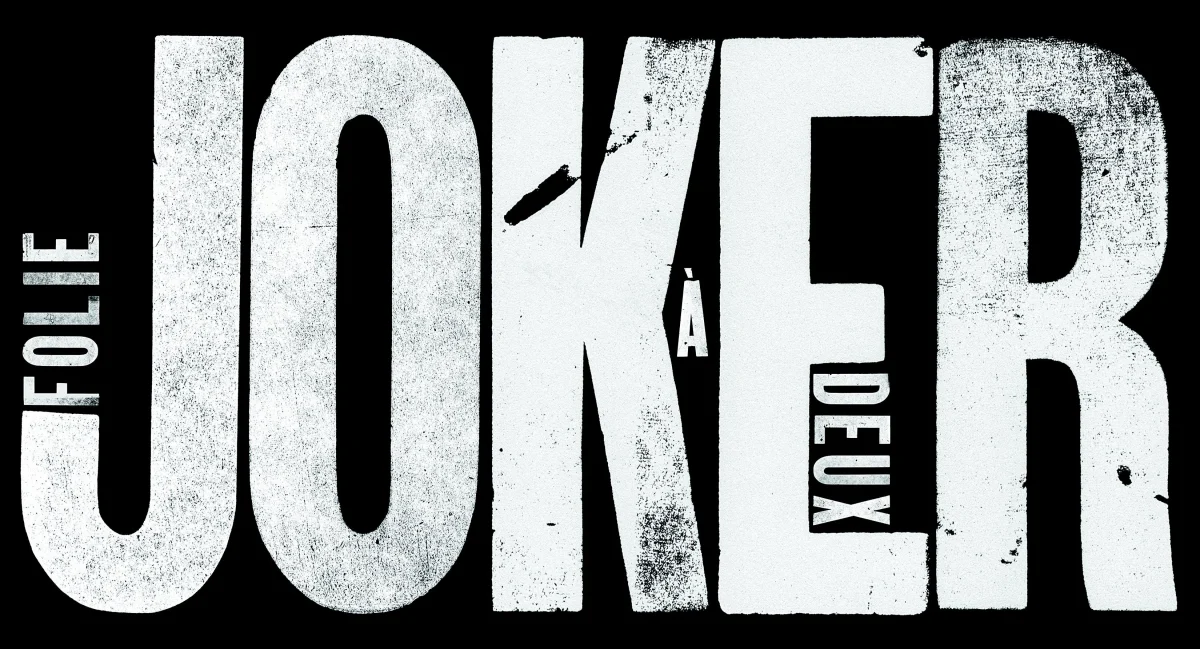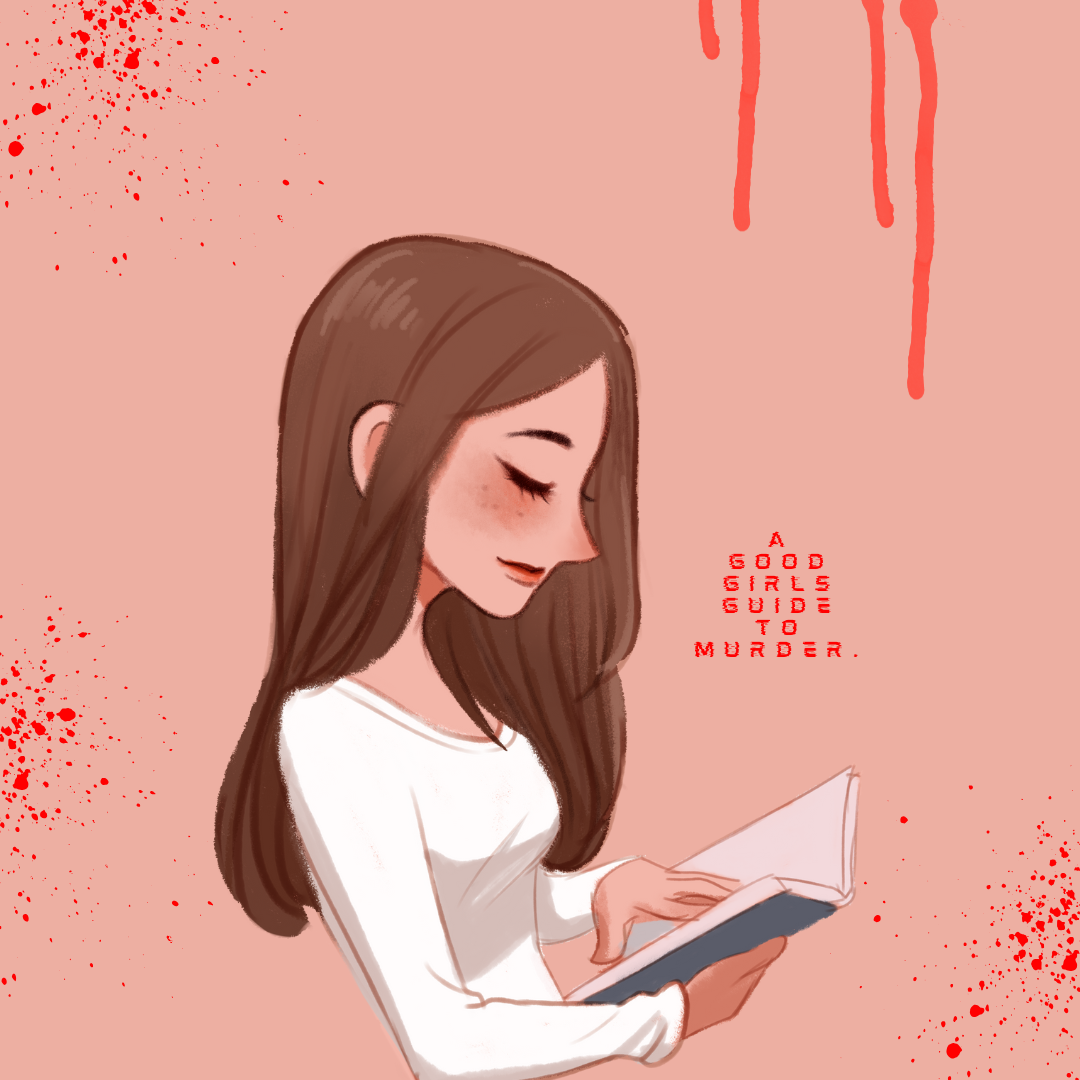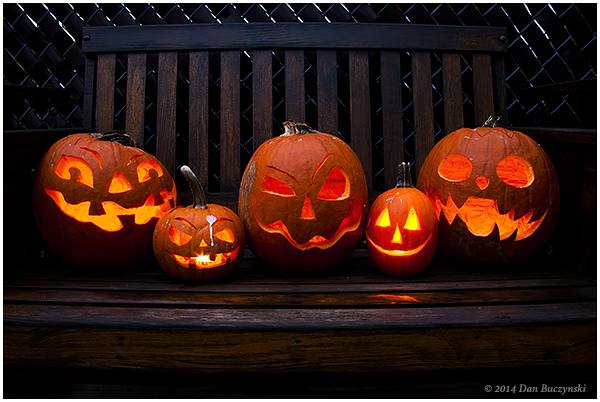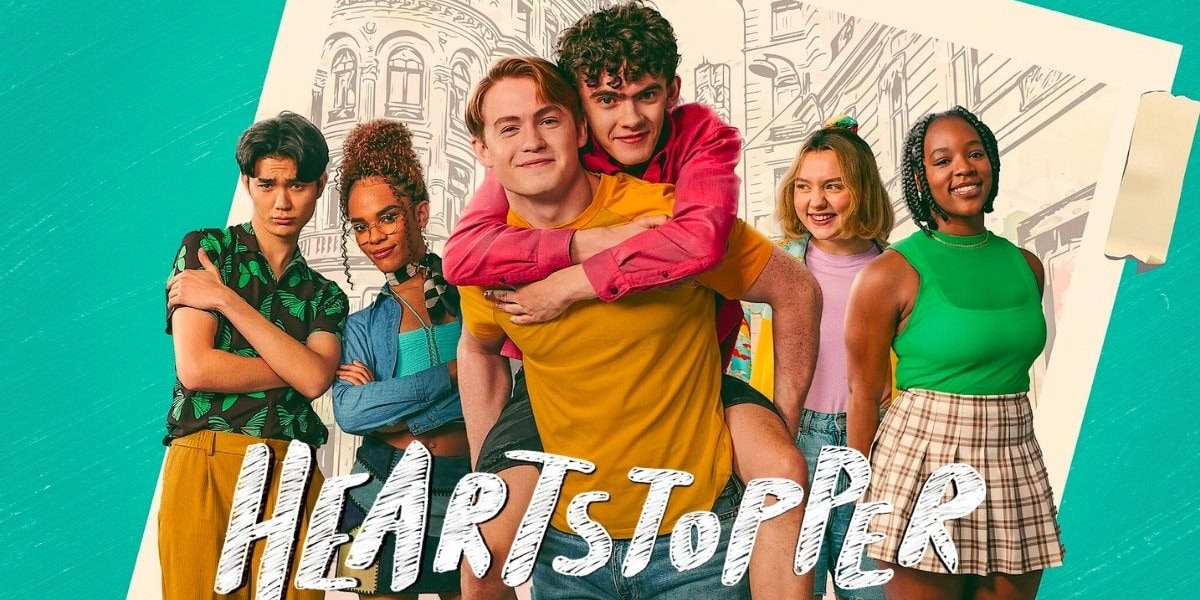
By IRENE PANIS
Staff Writer
Netflix original 13 Reasons Why has taken over the Internet in just two weeks since its release. Social media posts, news articles and everything in between make the show virtually inescapable, and it almost seems as if half the world is completely obsessed with it while the other half is wondering why exactly it has so many people talking.
Based on the best-selling novel of the same name, the series details the last year of Hannah Baker’s life before she commits suicide as well as the aftermath of her death. Before she dies, however, Hannah records a series of tapes explaining the thirteen reasons why she ended her own life.
13 Reasons Why is the type of show that people simply cannot tear their eyes away from. Part of them cannot bear to watch knowing that Hannah Baker’s story ends in tragedy, but the bigger part of them wants to know more about why she did what she did. As each episode comes to an end, viewers find themselves desperate to know who the next tape is about.
Throughout the series, viewers can’t help but feel a mixture of confusion and frustration. The things that Hannah says in her tapes are assumed to be true at first, but the line between honesty and dishonesty becomes blurred the more the other characters insist that she is lying. But Hannah Baker is more of an unreliable narrator than a liar. Some of the things she says in her tapes may not be the truth, but they are her truth. She is far from perfect, but it makes the story a lot more realistic than it would have been if she was portrayed as some sweet, kind soul who could do no wrong.
One of the most impressive things about 13 Reasons Why is how effective it is at making its audience simultaneously hate and sympathize with most of the characters. The subjects of the tapes are not portrayed as two-dimensional villains who only sought to make Hannah Baker suffer. The series does not shy away from reminding viewers that the characters are human and have demons of their own, which forces the audience to decide for themselves how they should view each person. Another interesting aspect is besides Clay Jensen, who is determined to expose everyone else for what they did to Hannah and is liked essentially by most of the show’s audience, every character is either incredibly loved or incredibly hated depending on who you ask.
The night I finished 13 Reasons Why, I had trouble falling asleep. I had watched the last six episodes in one sitting and three of them contained scenes portraying sexual assault and/or suicide. The series has come under fire for portraying such graphic content. It’s uncomfortable. It’s sick. I felt sick. But I think that was the point. The scenes were not incorporated just for the sake of shocking the audience. They were incorporated because they show what happened. When other shows deal with such topics, they almost always tiptoe around the subject. 13 Reasons Why grabs viewers by the shoulders and tells them, “This is what happens to people. It’s truthful, it’s serious and it should not be ignored.”
While I personally thought the series was phenomenal, it was not perfect. Two flaws stuck out to me the most: first, the show’s effort to convince me that a bunch of high school juniors somehow have huge tattoos all over their bodies; and second, the frustrating ambiguity of the season finale. In the last episode, Hannah reveals the thirteenth reason why she ended her life, but other than that the finale does nothing but introduce more questions. A part of me would find it fitting if the show’s producers left it at that because it is Hannah’s story and she did finish telling it, but the other part of me that grew attached to some of the characters would never be satisfied until all my questions were answered and I knew what happened to each and every one of them.
One thing I will commend the show for, however, is its diversity. The producers did a great job incorporating not only POC representation but LGBT representation as well. There was no perpetuating stereotypes or making offensive jokes about someone’s race or orientation. All of the characters’ identities were treated respectfully and equally.
Despite the rollercoaster of emotions that viewers were undoubtedly put through, the lesson to be learned from 13 Reasons Why is easy to spot. In the finale, as Clay is leaving Mr. Porter’s office, he stops and says, “It has to get better. The way we treat each other and look out for each other. It has to get better somehow.”
13 Reasons Why is currently rated 9.1/10 on IMDb and is available to stream on Netflix now.
Categories:
13 Reasons Why: a TV show review
April 16, 2017
0
Donate to Sword & Shield
$180
$1000
Contributed
Our Goal
Your donation will support the student journalists of University High School. Your contribution will allow us to purchase equipment and cover our annual website hosting costs.
More to Discover













